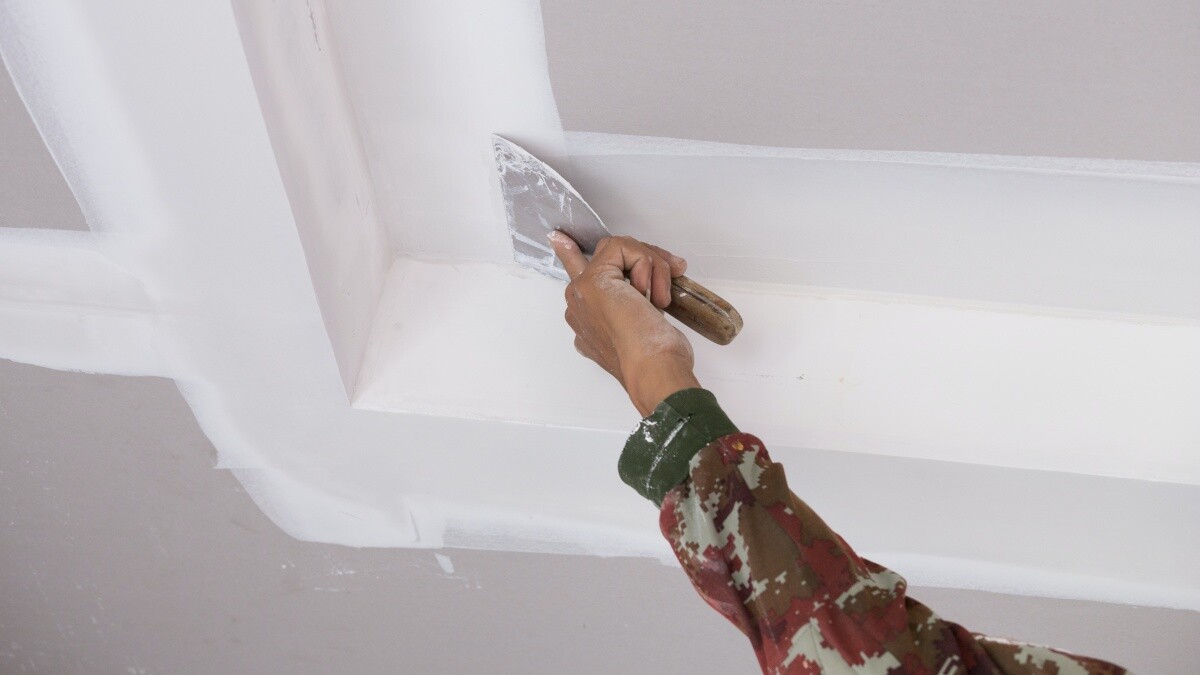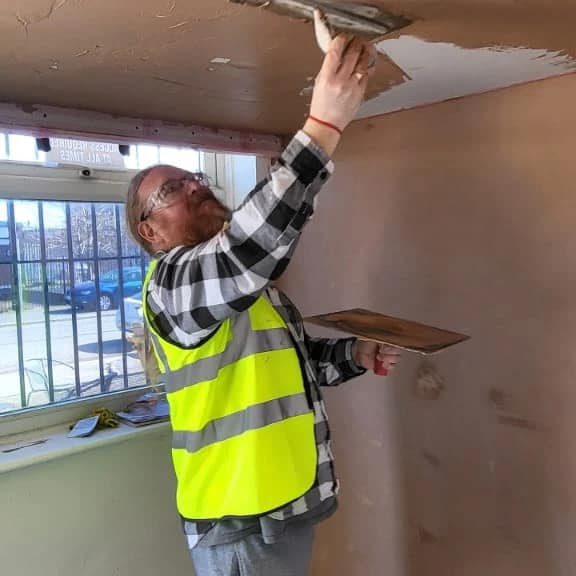Plastering Providers: Professional Solutions for Smooth and Long Lasting Wall Surfaces
Wiki Article
A Comprehensive Guide to Mastering Plastering Skills for Your Renovation Requirements

Crucial Devices and Products
In the world of plastering, having the right devices and products is critical to accomplishing a perfect surface. Different necessary tools serve distinct functions, making certain performance and precision throughout the plastering procedure. A premium trowel, as an example, is essential for smoothing and applying plaster, while a hawk provides a secure platform for holding the material. A joint blade is also essential for thorough job, particularly in edges and corners.Along with devices, choosing the right plastering materials is important. Gypsum-based plasters are generally chosen for their flexibility and simplicity of usage, while cement-based alternatives are perfect for outside applications because of their durability. Water and bonding representatives play significant functions in accomplishing correct uniformity and bond, ensuring that the plaster adheres effectively to the surface area.
In addition, safety equipment such as masks, gloves, and safety glasses is vital to safeguard against dirt and irritability throughout the application process. By assembling the ideal combination of products and tools, plasterers can enhance their ability and produce top notch surfaces, inevitably boosting the total craftsmanship of their work.
Preparing Surface Areas for Smudging
Attaining a smooth and durable plaster finish starts with thorough prep work of the surface areas to be plastered. This foundational action is critical to guaranteeing attachment and the durability of the plaster. Begin by examining the problem of the substratum-- whether it is stonework, drywall, or concrete-- eliminating any kind of loose paint, dust, or particles that may disrupt bonding.Following, repair any kind of imperfections such as holes or splits. Utilize an appropriate filler to achieve a degree surface area; this can be vital for preventing future concerns. Once fixed, make certain the surface area is completely dry and tidy, as moisture can compromise plaster adherence.
For porous surface areas, it is recommended to use a bonding agent. This item enhances attachment and develops a trusted interface in between the plaster and substrate. If working with previously plastered surface areas, it might be necessary to mess up or sand the area lightly to supply a key for the brand-new plaster layer.
Plastering Techniques and Tips
Grasping gluing methods requires both skill and practice to achieve a flawless finish. One essential strategy is the application of the plaster in multiple slim layers, rather than a solitary thick coat.When using the coating coat, employ a shoveling method that involves holding the trowel at a mild angle and working in a circular motion. This assists to produce a smooth surface and decreases the appearance of trowel marks. Furthermore, keep a spray container of water convenient to haze the surface lightly; this maintains the plaster convenient and permits smoother ending up.
Timing is vital; work effectively, as the plaster starts to establish. When the plaster has actually tightened however is still damp, use a wet sponge to delicately smooth the surface area additionally. Lastly, permit appropriate drying out time prior to fining sand or paint, guaranteeing your hard work results in a specialist, top notch surface.
Typical Blunders to Avoid

Another common error is using plaster too thickly. Overzealous applications can cause cracking and extended drying times. It's important to Our site apply plaster in thin, even layers, permitting each layer to dry adequately before adding more.
In addition, not making use of the right devices can hinder the quality of the coating. Using unsuitable trowels or mixers can develop disparities in the gluing procedure. Always opt for top notch tools designed for plastering tasks.
Last but not least, several individuals undervalue the value of timing. Functioning in unsuitable temperatures or humidity levels can adversely affect plaster drying and curing. It is advisable to check weather condition conditions and adjust your schedule accordingly.
Completing Touches for an Expert Appearance
The last phases of a gluing job are crucial for achieving a polished, specialist appearance. Once the plaster has actually dried out completely, the following step is to assess the surface for imperfections. Small bumps, openings, or unequal areas should be dealt with making use of great sandpaper or a fining sand block. This meticulous focus to detail is great site vital for ensuring a smooth surface.After sanding, it's recommended to cleanse the surface to remove any dust and debris. A wet cloth is efficient for this objective, complied with by a detailed drying duration. If needed, using a slim layer of finishing plaster can improve the surface area further, supplying a smooth finish.
Once the finishing plaster is dry, another round of fining sand may be required to achieve the preferred smoothness. Finally, take into consideration applying a guide before painting or wallpapering, which will certainly boost adhesion and durability.
Verdict
Grasping gluing abilities considerably improves the top quality of remodelling jobs. A comprehensive understanding of important devices, surface area preparation, and efficient strategies is important for attaining professional results.Water and bonding representatives play substantial duties in attaining proper uniformity and adhesion, making certain that the plaster adheres effectively to the surface. Plastering.


Additionally, maintain a spray container of water useful to mist the surface area lightly; this maintains the plaster practical and allows for smoother ending up. (Plastering)
If needed, using a thin layer of ending Continue up plaster can enhance the surface area further, offering a seamless surface.
Report this wiki page